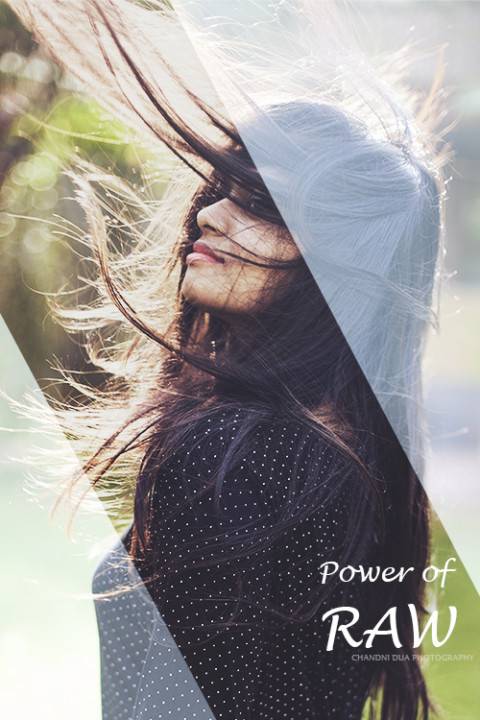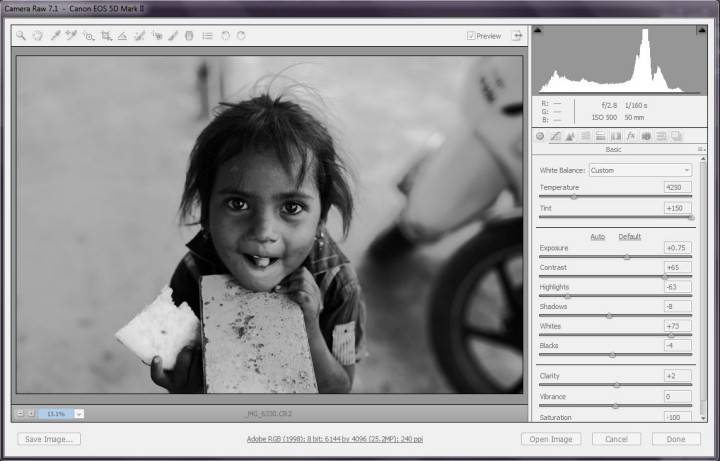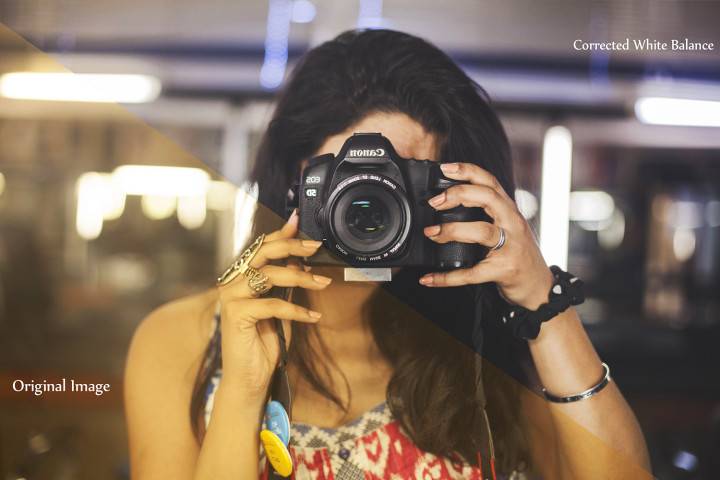Last Updated on March 16, 2016 by PixelPluck
RAW vs JPEG Everything You Need to Know.
There has been a lot of discussion since forever on which is better or which should be used RAW or JPEG. But frankly it has been more confusing understanding the words and technical definitions than actually understanding what it practically denotes and helps with. So I will try to explain the basic advantages and drawbacks of the same with Images that show how and why RAW files actually can make a difference.

What are JPEG Files? JPEG is a file format. The processor of a computer or any digital device stores information after processing it through different algorithms. These algorithms may contain a lot of data which is decrypted and read by the output device. There are lots of other image file formats like PNG, GIF, and BMP etc. What we click normally from any Camera or Phone
are in most cases are JPEG Files and are compatible for any printing, internet or basic computer uses. They can be easily edited and retouched in Picasa, Photoshop
, Lightroom
or any other photo processing software.
Files in RAW format on the other hand are quite the opposite. They are named RAW because they are not yet fully processed and therefore are not ready to be printed or edited with a bitmap graphics editor. This means that it has raw sensor data stored and they need to be processed according to your requirements and then can be saved as any other format like jpeg, png etc. Raw image files are sometimes called digital negatives, as they fulfill the same role as negatives in film photography: that is, the negative is not directly usable as an image, but has all of the information needed to create an image.
In simple words, RAW files store all of the picture information that could have been changed in the camera while shooting, and gives you the options to tweak, correct and perfect it later in a way close to what you could have done in camera itself. It Provides all the basic options from cropping, resizing, Hue & Saturation to Advanced Curves and presets where you can lift shadows or gain more blacks. There are limitless possibilities when you compare RAW against jpeg format.
Here is how the Latest version of Camera RAW for Canon Looks likes:

Comparison:
RAW has all the basic options of editing but still processing in RAW and JPEG has vast differences. It can be understood like the difference between raster and vector images. Raster images are made of pixels. A pixel is a single point or the smallest single element in a display device while Vector images are mathematical calculations from one point to another that form geometrical shapes.
Similarly RAW files are uncompressed and JPEGs are final compressed version of images in which the changes like White Balance and Exposure are Already made. When you shoot in JPEG, you let the camera do all calculations to be applied on image to get natural image, but in RAW the camera gives you a file where you need to manually adjust each and every single parameter, which in-turn means better control over image.
When you shoot in JPEG format, the camera does its own Processing and Compresses it into JPEG Files while in RAW you still have the option to tweak everything as required and Compress and Save as JPEG with the best results you could possibly produce.
However still there are many advantages and disadvantages of using RAW.
Advantages of using RAW:
1. Brightness
JPEG format records around 256 levels of Brightness while RAW records between 4096 to 16384 Levels. The results are actually amazing in RAW and there is far more possibility of balance between the Darkest area in image and the brightest area.
2. White Balance
NOT underestimating the capabilities of AUTO feature in Cameras. But when your auto White balance correction or your inability to change the White balance considering any moment fails, RAW gives you the power to change your White Balance and the whole “TINT” of the image later. You can bring a color tone by shifting towards Blue or a warmer tone by shifting balance towards Yellow or you can straightaway adjust the White Balance to Tungsten, Daylight, Cloudy etc as required as if you are making the setting while shooting only without losing any Quality.
Like This !

3. Recovery
RAW files help recover under/overexposed images and help recover the actual colors back. The frequent times with light changes and setting changes which results in extremely overexposed blown white image or underexposed dark image can be corrected to perfection if clicked in RAW.
Here is two Examples:
a. Over-Exposed
b. Under-Exposed
4. Non-Destructive Editing
When you edit in RAW, you are actually providing a set of instructions for compressing and saving the final file as JPEG. No changes are actually made to the RAW file and they can anytime be recovered to the original RAW file.
5. Sharpening/Noise reduction
Sharper/ smoother image can be created without destroying the quality. Grains can be added and controlled and noise in pictures due to High ISO or low light can be removed too.
6. Batch processing
Same editing or same presets can be applied to a multiple number of photos, and they can be individually tweaked according to the requirement.
7. Color correction
There are several tools like Curves, Hue saturation, Luminance etc that help you produce best colors for your Image.
8. Lens correction
Optical corrections like lens distortion correction, vignetting correction, and color fringing correction can be done while processing RAW image. Inexpensive lenses and wide angle lenses tend to induce distortion in the image which can be corrected automatically by applying lens information in the settings. Vignetting can also be reduced using same technique.
Drawbacks of using RAW:
Obviously there are a few Drawbacks for using RAW like it slows down your camera a bit as saving more data for RAW takes up more time for each image. This can be slightly compensated by using a faster memory card of Class 10 and above. It take up 2 to 6 times memory than your normal JPEG files, and they are more time consuming. Raw files cannot be opened, uploaded or printed directly like JPEGs as they require a specialized software made especially to process RAW formats.
It might not always be the best idea to use RAW like if you are not too much into retouching or if you use your camera just occasionally just as a hobby, but for people with photography as a full time profession or passion, RAW is the ultimate format. If you want your images to be better than what they are turning out to be, then shoot in RAW.
I hope this article made you understand more about RAW files and I hope it helps you produce better images.
Camera Recommendations : Nikon D7200, Canon 7D Mark II
, Nikon D750
, Canon 5D Mark III
superbly explained.. this is specially good for rookie photographers who doesn’t know what file type to choose and when.
Thanks for Sharing…